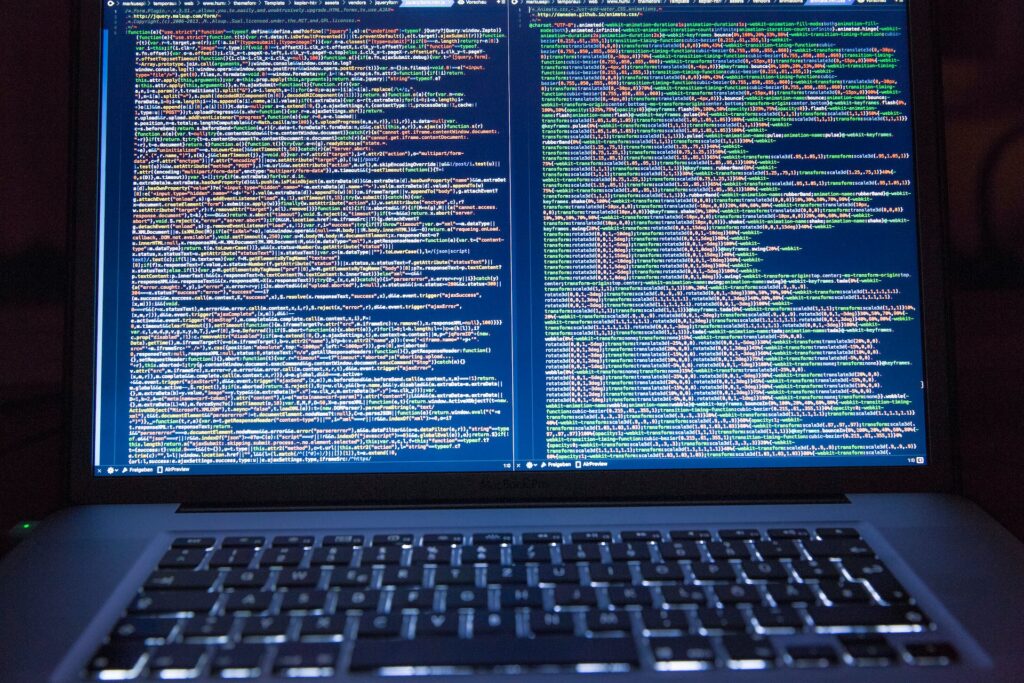Six billion computations: one new Bruna. Location Management by MarketResponse Data Creatives.

A mathematical model that predicts the turnover of a store in any location in the Netherlands. It gives you the difference between the store at 4 Kalverstraat in Amsterdam and 16 Blaak in Rotterdam, in cold hard cash. This is precisely what we developed for Dutch magazine and book retailer Bruna. With six billion computations, eight hundred variables and 130 thousand possible store locations, the turnover potential of all store location in the Netherlands can be predicted. Unless there is a cat on the counter.
Too good to be true?
A model like this will open countless doors. And it is not too good to be true: it’s true. The model can predict 70% of the variations in turnover across all store locations. This makes it a pretty reliable model from a statistic point of view, even if it still leaves us with 30% that cannot be predicted.
This 30% is explained by variables that play a role but that have not been included in the model. Simply because you cannot factor in everything. But even these variables can be retrieved, with a sound dose of common sense. If a store is not performing as expected, you could pay them a visit. And then you’ll find that there is an enormous tabby cat on the counter. And that customers have to overcome either a fear of cats or an allergy to go and pay at the cash register. And this is reflected in the figures.
What will the turnover be?
There are three types of data that you can use to calculate the provisional turnover:
Location data
This is the operational and transaction data. All receipts, turnover figures and facilities of a location. From the number of square meters’ shop surface to the number of yellow markers sold in September. The more you know about each location, the more precise the model will become.
Audience data
You also have audience data. Data on all 7.5 households, both sociodemographic and psychographic, will tell you who your consumers are within the region. Are they families with children in the school age, women who love to read gossip magazines or are they retired people with a higher education level, who devour books. The more precise, the better.
Programme data
Programme data can be found using commercial data sources, open data and web-scraping. E.g. the geo location of all 130 thousand stores. Is it located in a shopping mall? Is it a pedestrian zone? What does the environment look like and who depend on a particular location? Are there stores nearby that offer the same type of products? Exactly how nearby?
How does it work?
You now have a mountain of data that you need to make sense of. Every variable will have an effect on the turnover, some more so than others. For instance, the number of residents within the catchment area, or the location relative to the busiest shopping street. Establishing this is not a pen-an-paper matter: you need data software. The software will compute the influence of the variable on turnover. In other words: the degree in which the variable will raise or lower the store’s turnover.
Means, means, means
This data gives you a lot of information about what a location should be able to turn over. If you compare this with the actual turnover, you can point to any striking deviations. Some locations stay behind their expected turnover considerably. You can check what causes this. Does the shop look okay? What about the service provided there? At the same time, certain other stores may exceed expectations. What are best practices? And can other stores learn something from this?
Location X, or would location Y be better?
Let’s return to the Bruna case. A model like this can also be used to predict turnover for store locations that don’t have a Bruna store yet. Let’s say that we were to open a store in location X: what would the turnover be if we would set up a lot of square meters for magazines? What would happen if we would place more emphasis on office supplies? And what would it be if we were to move the store to Location Y? Or could it perhaps be more profitable to only set up a pick-up location for online orders, because it is in a catchment area where people are placing a lot of online orders? These are relevant questions that many organizations should ask themselves. And if you have data, they are easy to answer. No more guessing, but certainty.
From Battleship to Monopoly
Bruna has been handed a yardstick to measure the performance of its stores. And once the measuring is done, they can take concrete action. The company is a pioneer when it comes to the application of data in the retail trade to determine the value of real estate.



